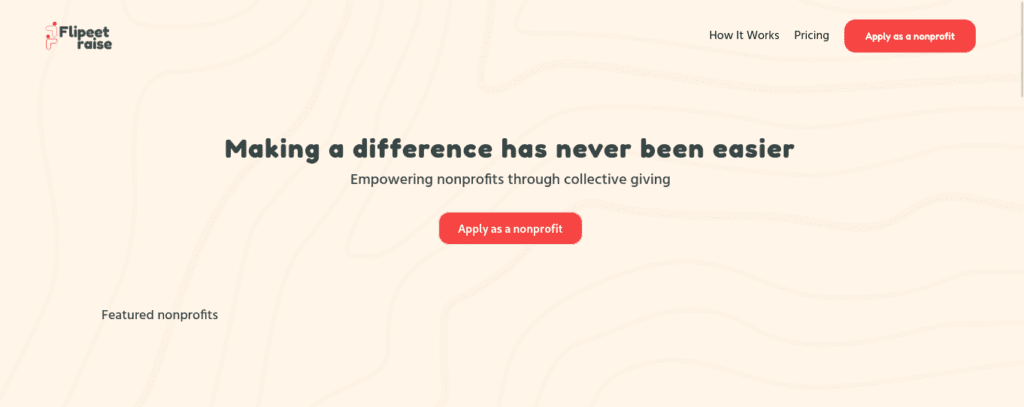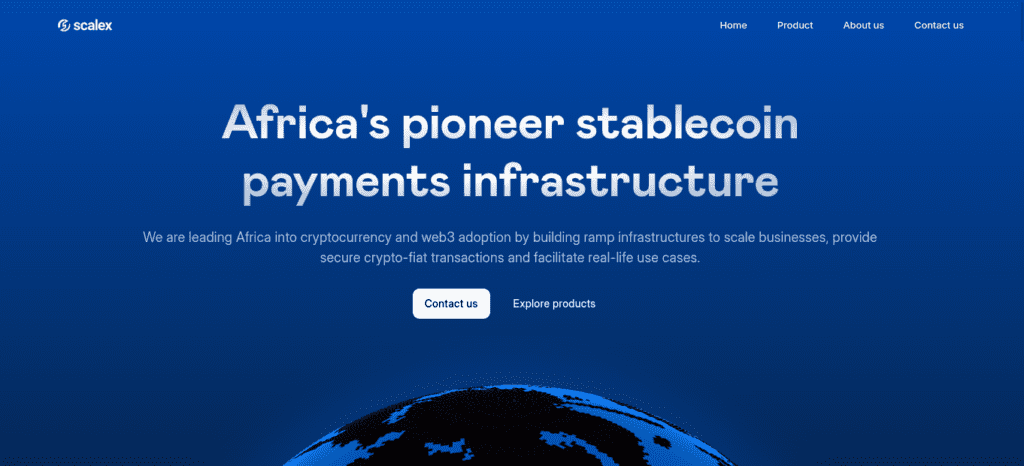In Brief
-
USDC Developer Grants provide $5K–$100K funding plus infrastructure access, empowering African teams to build stablecoin-based dApps.
-
Grantees like Flipeet Raise, LINK, Scalex, Sfx, and Katika tackle local challenges—fundraising, payments, trading, supply finance, and savings.
-
Circle’s stablecoin network and partner integrations (e.g., Flutterwave, Yellow Card) create a robust ecosystem for Africa’s Web3 growth.
The USDC Developer Grant program, powered by Circle, a leading stablecoin provider and a rising favourite in Africa, now hosts five upcoming African Web3 startups.
Within the past decade, developers have come to realize that building our own Web3 ecosystem is the best way for Africa to adopt blockchain truly.
This drive led to several unique and inspiring innovations, zooming in on local issues that international brands seem to miss.
Cricle has taken the initiative to actively aid in empowering builders worldwide, and this round, Africa’s ingenuity made the cut.
Out of the 26 promising teams globally, our spotlight focuses on five key projects that represent the potential we can achieve.
The startups include Flipeet Raise, LINK, Scalex, SFx, and Katika, which were selected for their compelling use of Circle’s infrastructure, USDC, programmable wallets, and smart contract APIs, tackling issues from a local perspective.
Why African Projects Matter Now More Than Ever
Digital assets are transforming finance in real-time; it’s no longer a vision, a dream, or an ambition.
A recent analysis revealed that stablecoins accounted for 43% of Africa’s total crypto volume.
CHECK OUT: Stablecoins in Hyperinflationary Markets: A Survival Guide for African Entrepreneurs
This figure represents how stablecoins are becoming an alternative to fluctuating fiat currencies throughout the continent.
A new generation of developers is leveraging various infrastructures to build solutions that go beyond just finances, tackling issues like corruption, distribution and supply management.
The wave is taking a new frontier in problem-solving.
“From Singapore to Africa, LATAM to Europe, the applicants’ creativity and ambition pushed us to dig deeper, debate harder, and ultimately select the projects we believe will help move the entire industry forward,”
The Circle team stated.
For Africa, in particular, this recognition only fuels the flames of more innovators to forgo traditional mediums and build on blockchain.
Beyond Capital: The Full Value of the Circle Grants Program
The USDC Developer grant offer a financial injection ranging from $5000 to $100,000 in USDC.
However, this year, USDC grants for African projects offer more than just financial support. The program also offers a wide range of tools and infrastructure on Circle’s network.
At its core, the program seeks to empower USDC stablecoin use cases that think outside the box.
Yes, overhauling finances does bring its appeal, but, blockchain offers significantly more in terms of efficiency, security, and automation.
Spotlight on African Innovation
The selected African grantees exemplify the continent’s shift towards leveraging stablecoins for core financial functions.
Flipeet Raise
Flipeet Raise tackles the funding gap head-on. The blockchain-based fundraising platform aims to help African startups secure capital from global investors via USDC.
It’s well-known that acquiring funds for progress is an arduous process for most startups; however, Flipeet intends to bridge this gap by leveraging the transparency and efficiency of blockchain.

The platform has already announced its beta launch for select startups, indicating active development and readiness to scale.
LINK
This platform takes on the mantle of a decentralized bridge, “linking” African markets to global DeFi ecosystems.
LINK’s main focus is on simplifying cross-border transactions using USDC, providing stability, low-cost payments, and better alternatives for African Businesses to engage internationally.
Scalex
As cryptocurrency trading shifts from a part-time activity to a full-time job for some, the need for local exchanges continues to grow.
Scalex intends to build an Africa-centric exchange tailored to accommodate newbies into the craft.

The platform utilizes Circle’s infrastructure to enable high-speed, low-cost trading, serving as a crucial gateway for individuals and businesses seeking alternative revenue streams in the crypto space.
It also facilitates secure crypto-to-fiat conversions, which is ideal for Africa’s market.
Sfx
Sfx extends the reach of blockchain into the supply chain by providing better fiance solutions using USDC.
The platforms address inefficiencies in B2B commerce, providing faster, more transparent, and traceable transactions for African organizations.
Katika
Katika leverages Africa’s mobile-first approach, providing financial inclusion through USDC-powered savings and micro-investment tools.
The Cameroon-based platform offers alternatives to its underserved populations, accessible, secure and stable ways to save and grow their funds.
Collectively, these projects target critical areas: financial inclusion for the unbanked, frictionless cross-border payments crucial for intra-African and international trade, efficient supply-chain financing for businesses, and accessible investment mechanisms.
The Stablecoin Imperative and Strategic Infrastructure
The June cohort of the USDC Developer Grant program is one of Circle’s strategies to establish a presence in the African market.
Currently, USDC and USDT dominate key African markets — Nigeria, Kenya, Ghana, and South Africa — primarily for remittances, cross-border trade, and as a hedge against local currency volatility.
Circle also has key partnerships with top players in the continent’s fintech space, like Onafriq, Flutterwace and Yellow Card.
This infrastructure focus, coupled with developer support, aims to create a fertile ecosystem where USDC-based applications can thrive.
CHECK OUT:BoG Alert: Avoid YellowPay and HanyPay; Ghana Crypto Regulations Update
This new cohort aims to one day join Africa’s top Web3 leaders, utilizing Circle’s tools and USDC stability and exemplifying how we are building our future in Web3.
All that is left is simply to witness how each firm will leverage its unique tangents to drive digital asset adoption in Africa.
